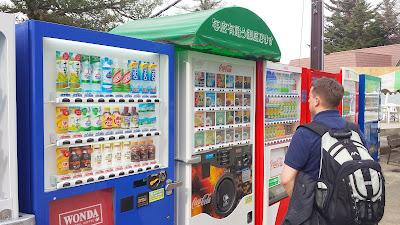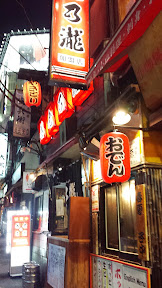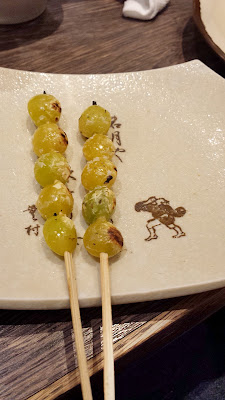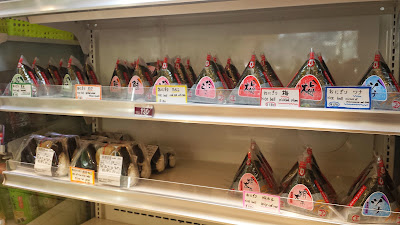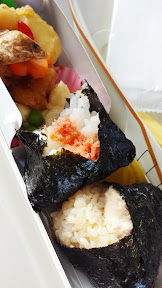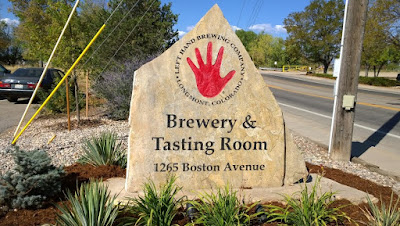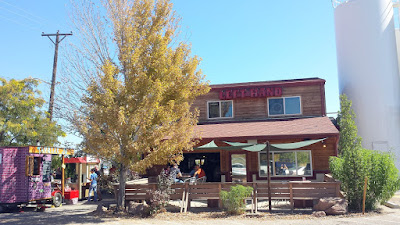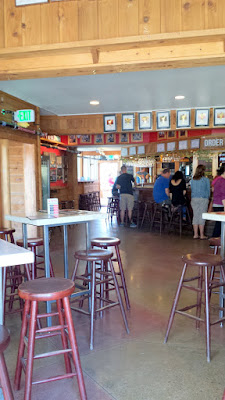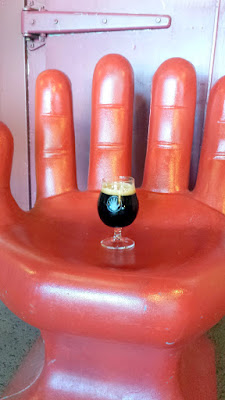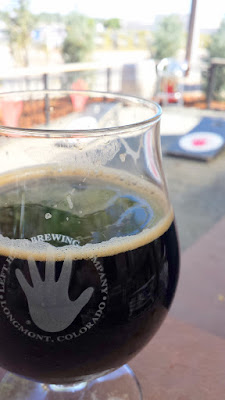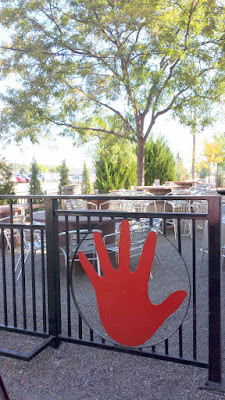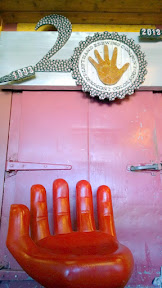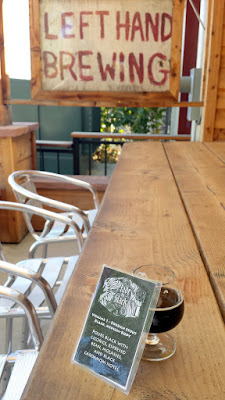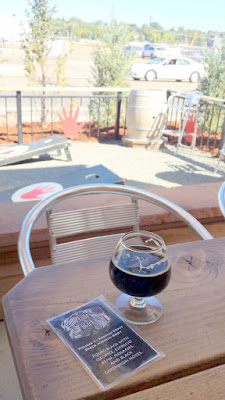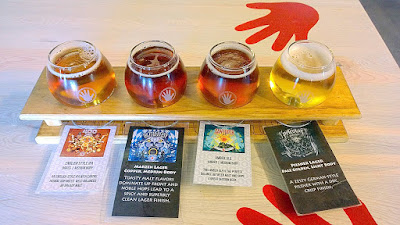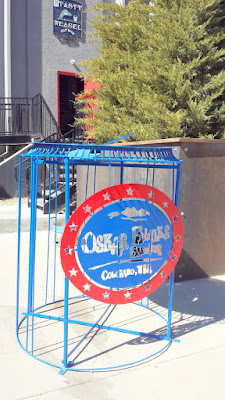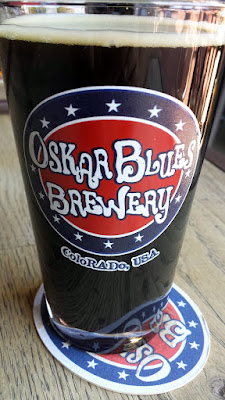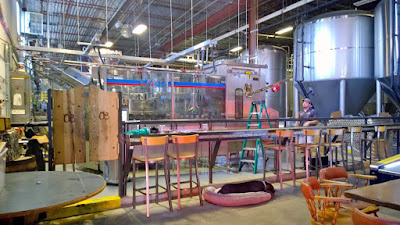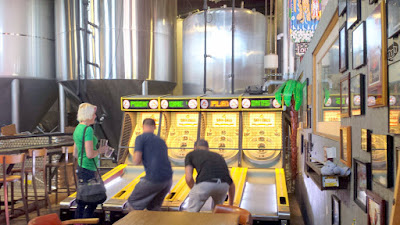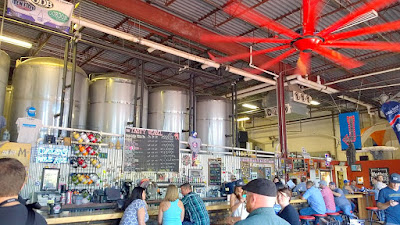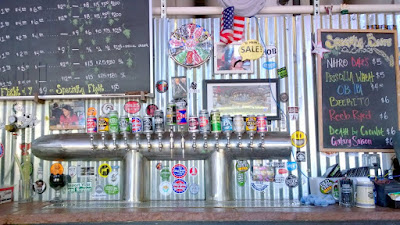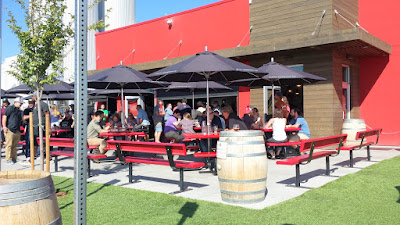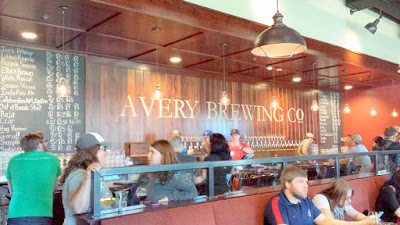In a few days, I will be leaving for a very quick business trip and travel to Israel. I’ll only be there Saturday-midnight on Tuesday and be back in Portland by Wednesday morning. While there, my days are full of all day meetings with the exception of Saturday, the day I land. Having already enjoyed wandering around Jerusalem on my last visit to Israel in 2012, this time I am opting to stay in Tel Aviv, even though it means an hour commute each way to the office in Haifa. Here’s a quick summary of what I think I will do, call for any recommendations, and a few photos from my previous trip to Israel – aka chapter Travel Israel – Jerusalem.

Photos from my 2012 trip to Israel, where I explored Jerusalem – this was my first view of the Old City of Jerusalem, within the walls you see
[Read more…]























